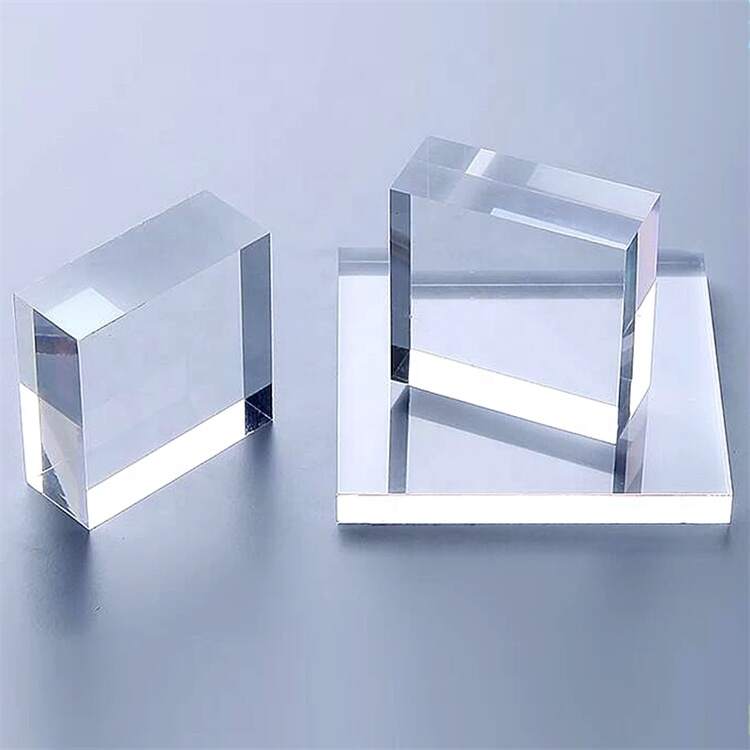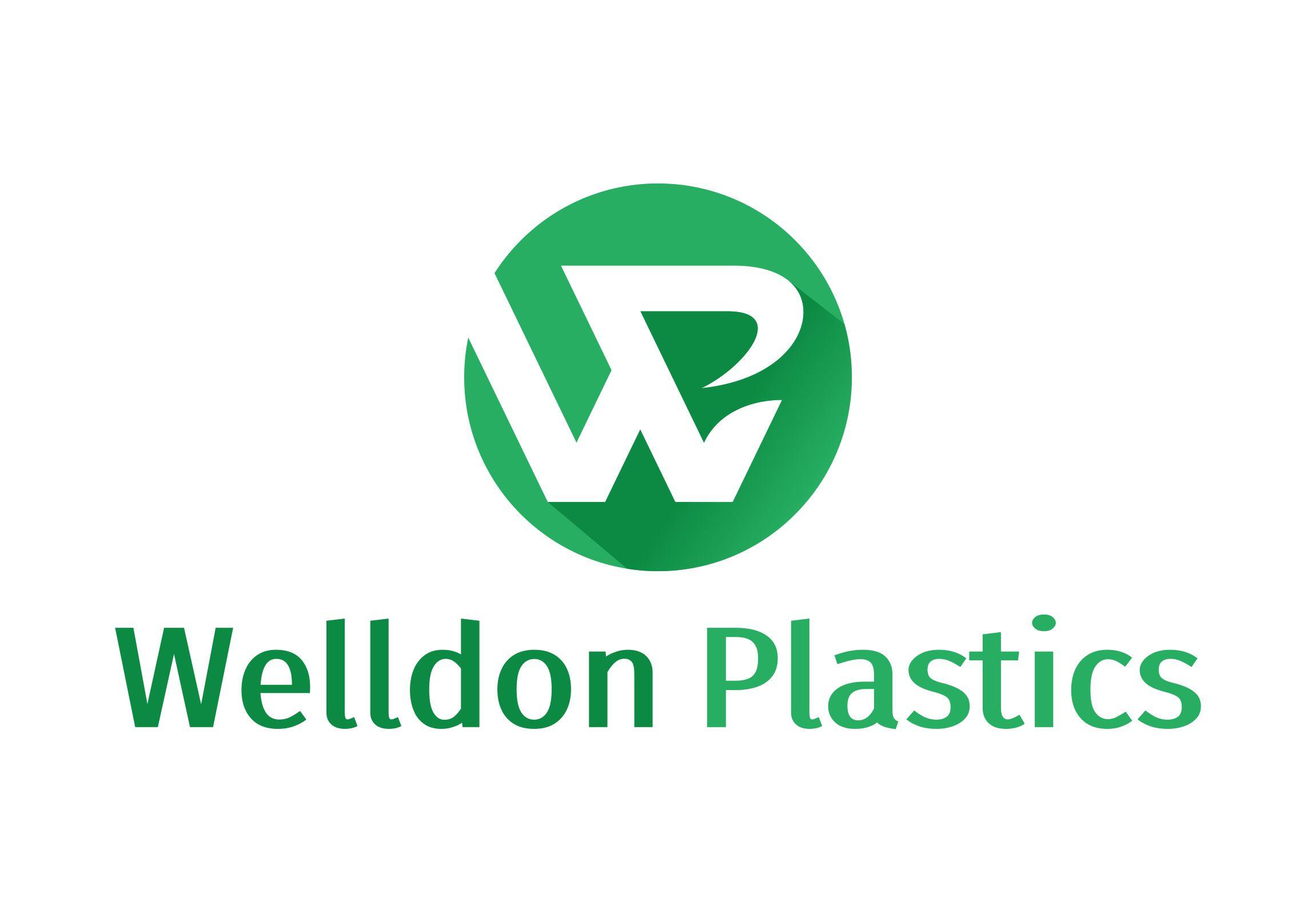Email format error
Email cannot be empty
Email already exists
6-20 characters(letters plus numbers only)
The password is inconsistent
Email format error
Email cannot be empty
Email does not exist
6-20 characters(letters plus numbers only)
The password is inconsistent

News

Unveiling the Marvels of Acrylic Plastic Sheets
Introduction:
In the vast landscape of materials engineering, few substances hold as much intrigue and versatility as acrylic plastic sheets. These transparent marvels have revolutionized industries ranging from architecture to aerospace, owing to their exceptional properties and adaptability. In this blog, we embark on a journey to uncover the multifaceted nature of acrylic plastic sheets, exploring their composition, applications, and the innovative ways they are shaping our world.
What is an acrylic plastic sheet?
At its core, an acrylic plastic sheet is a thermoplastic material derived from acrylic acid or its derivatives. Through a process of polymerization, acrylic polymers are formed, resulting in a transparent, durable, and lightweight sheet known for its remarkable clarity and strength. Often referred to as Plexiglas or Perspex, acrylic sheets offer a compelling alternative to traditional glass, with enhanced resilience and versatility.
The Composition:
Acrylic plastic sheets are primarily composed of polymethyl methacrylate (PMMA), a synthetic resin renowned for its optical clarity and weather-resistant properties. This unique molecular structure allows light to pass through with minimal distortion, making acrylic sheets ideal for applications where transparency is paramount. Additionally, additives such as UV stabilizers and impact modifiers can be incorporated to enhance performance and longevity.
Applications in Architecture:
One of the most prominent domains where acrylic plastic sheets shine is in architecture and construction. From sleek modern skyscrapers to avant-garde art installations, architects and designers leverage the transparency and malleability of acrylic sheets to create stunning visual effects and functional structures. Acrylic panels serve as striking facades, allowing natural light to permeate interiors while offering protection from the elements. Moreover, their lightweight nature simplifies installation and reduces structural load, making them an attractive choice for large-scale projects.

Artistic Endeavors:
Beyond the realm of construction, acrylic plastic sheets have found a passionate following among artists and creatives. Their versatility as a medium for painting, sculpting, and fabrication knows no bounds, offering artists a blank canvas to express their imagination. Acrylic sheets can be shaped, engraved, and illuminated to produce captivating artworks that captivate audiences and defy convention. From contemporary sculptures to immersive light installations, acrylic plastic sheets continue to inspire innovation in the art world.
Industrial and Commercial Applications:
The utility of acrylic plastic sheets extends far beyond aesthetics, finding practical applications in diverse industries. In the automotive sector, they are used for manufacturing headlight lenses, interior panels, and windscreens due to their clarity and impact resistance. Similarly, in the aerospace industry, acrylic sheets serve as windows for aircraft, providing panoramic views while withstanding extreme temperatures and pressures. Moreover, their chemical resistance makes them suitable for laboratory equipment, medical devices, and protective barriers in hazardous environments.
Environmental Considerations:
While acrylic plastic sheets offer a myriad of benefits, it is essential to address their environmental impact. As with any synthetic material, proper disposal and recycling practices are crucial to minimize pollution and conserve resources. Fortunately, acrylic is fully recyclable, allowing for the extraction of raw materials and the production of new sheets through mechanical or chemical processes. Additionally, advancements in bio-based acrylics hold promise for reducing reliance on fossil fuels and mitigating environmental concerns.
Innovations and Future Prospects:
As technology continues to evolve, so too do the possibilities for acrylic plastic sheets. Emerging trends, such as 3D printing and smart materials, present new avenues for experimentation and innovation. Imagine bespoke architectural elements fabricated on-demand or transparent displays seamlessly integrated into everyday objects. With ongoing research and development, acrylic sheets are poised to remain at the forefront of material science, driving progress and unlocking new dimensions of creativity.
Conclusion:
In conclusion, acrylic plastic sheets stand as a testament to human ingenuity and the boundless potential of material engineering. From their inception in the laboratory to their ubiquitous presence in our built environment, acrylic sheets have transcended traditional boundaries, enriching our lives in ways both practical and artistic. As we navigate the complexities of the modern world, let us continue to harness the power of acrylic plastic sheets to illuminate, inspire, and innovate for generations to come.

